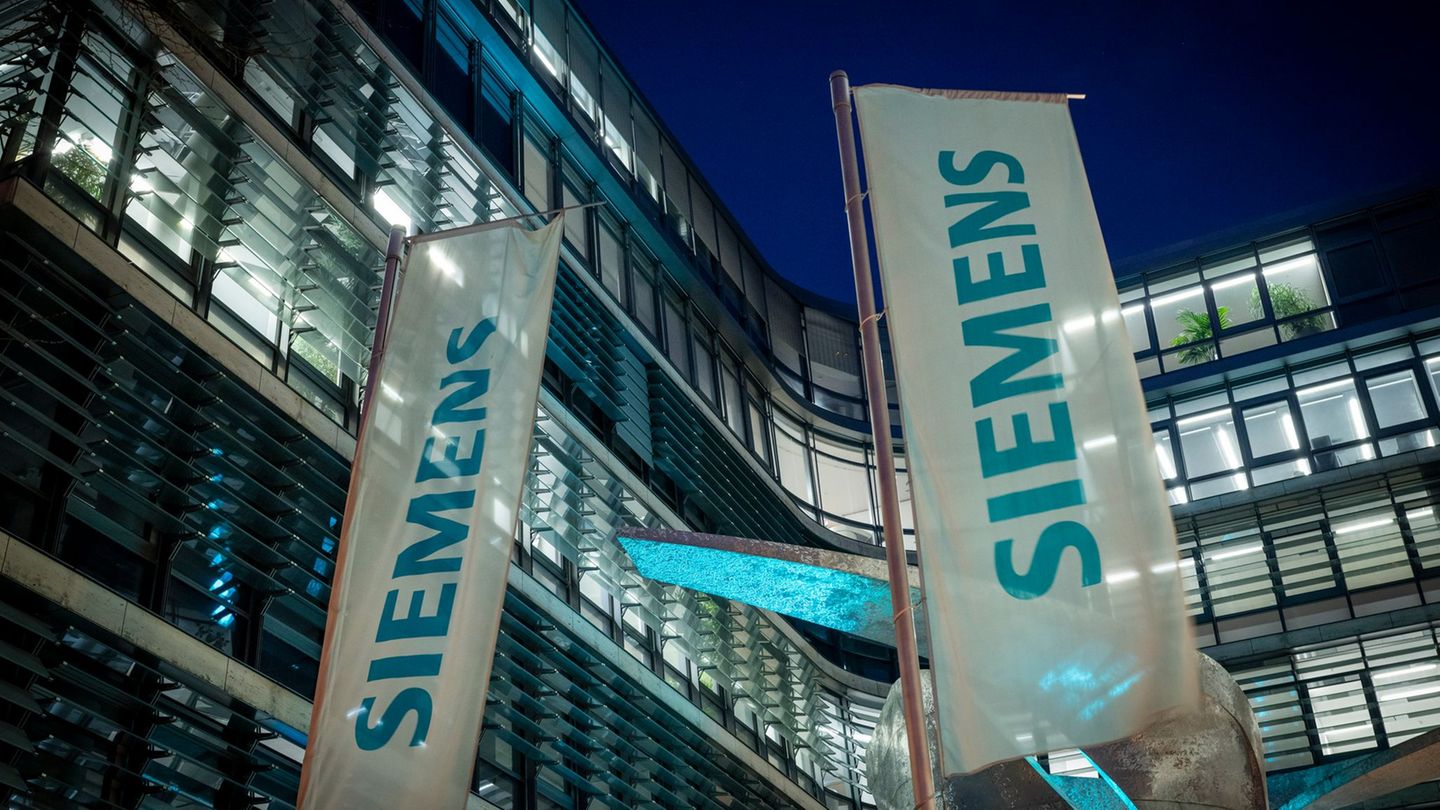Menu
Industry and work: Siemens builds in Eintracht around and from time to time
Categories
Most Read
Gas imports: Imports via German LNG terminals at record levels
October 12, 2025
No Comments
A key advisor to Javier Milei affirmed that the Government will announce a new convertibility plan
October 12, 2025
No Comments
Finance and investments top the list of the 400 richest in the US in 2025
October 11, 2025
No Comments
The DNI Account benefit with which you can save on your next book purchase
October 11, 2025
No Comments
Global managers debate whether its price is in a bubble
October 11, 2025
No Comments
Latest Posts

Dutch Grip: This trick can save cyclists from accidents
October 12, 2025
No Comments
Vera StackI’m a recent graduate of the University of Missouri with a degree in journalism. I started working as a news reporter for 24 Hours

Anxiety Rings: How anti-stress rings relieve inner restlessness
October 12, 2025
No Comments
CarolineI’m Caroline, a journalist and author for 24 Hours Worlds. I specialize in health-related news and stories, bringing real-world impact to readers across the globe.

Football: Hero Haaland defies Israel’s explosiveness: Norway is on course for the World Cup
October 12, 2025
No Comments
PierceI am Pierce Boyd, a driven and ambitious professional working in the news industry. I have been writing for 24 Hours Worlds for over five
24 Hours Worlds is a comprehensive source of instant world current affairs, offering up-to-the-minute coverage of breaking news and events from around the globe. With a team of experienced journalists and experts on hand 24/7.

